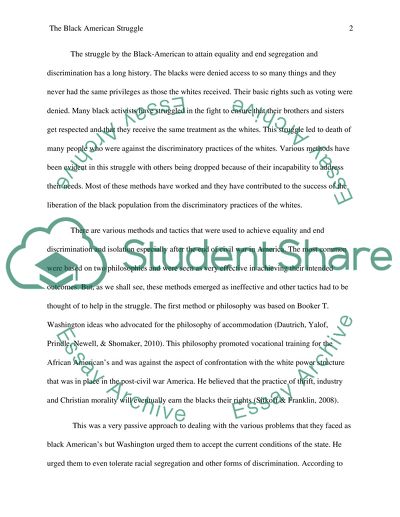Cite this document
(“How have African-Americans Worked to End Segregation, Discrimination, Research Paper”, n.d.)
Retrieved from https://studentshare.org/history/1439077-how-have-african-americans-worked-to-end
Retrieved from https://studentshare.org/history/1439077-how-have-african-americans-worked-to-end
(How Have African-Americans Worked to End Segregation, Discrimination, Research Paper)
https://studentshare.org/history/1439077-how-have-african-americans-worked-to-end.
https://studentshare.org/history/1439077-how-have-african-americans-worked-to-end.
“How Have African-Americans Worked to End Segregation, Discrimination, Research Paper”, n.d. https://studentshare.org/history/1439077-how-have-african-americans-worked-to-end.


